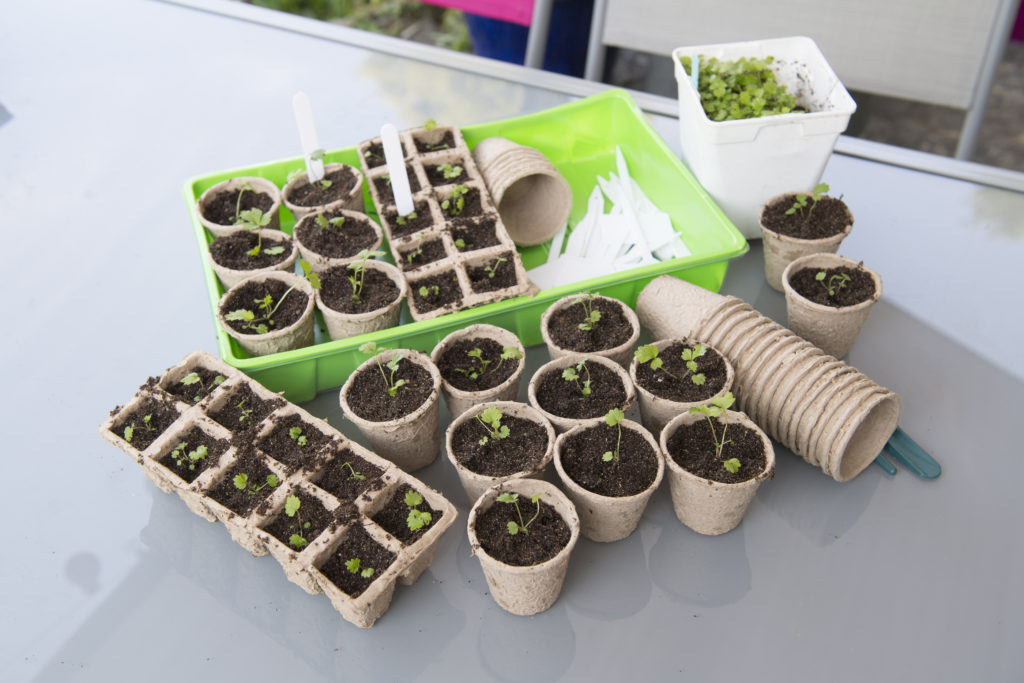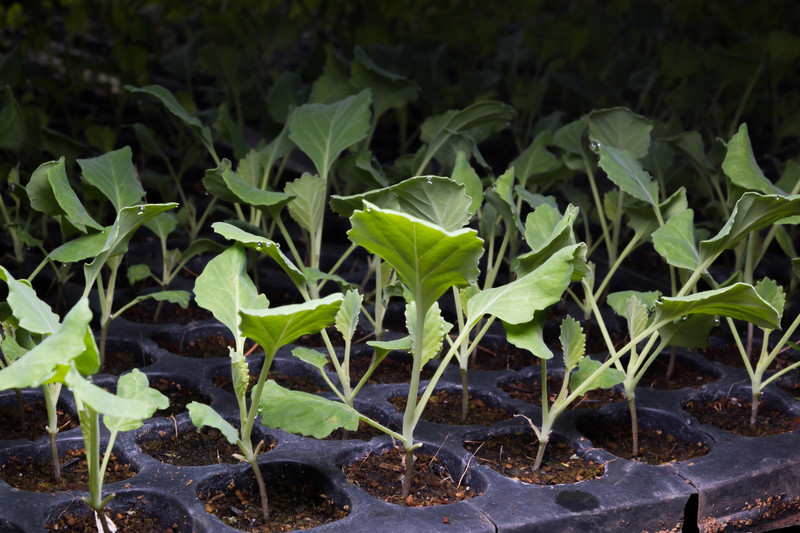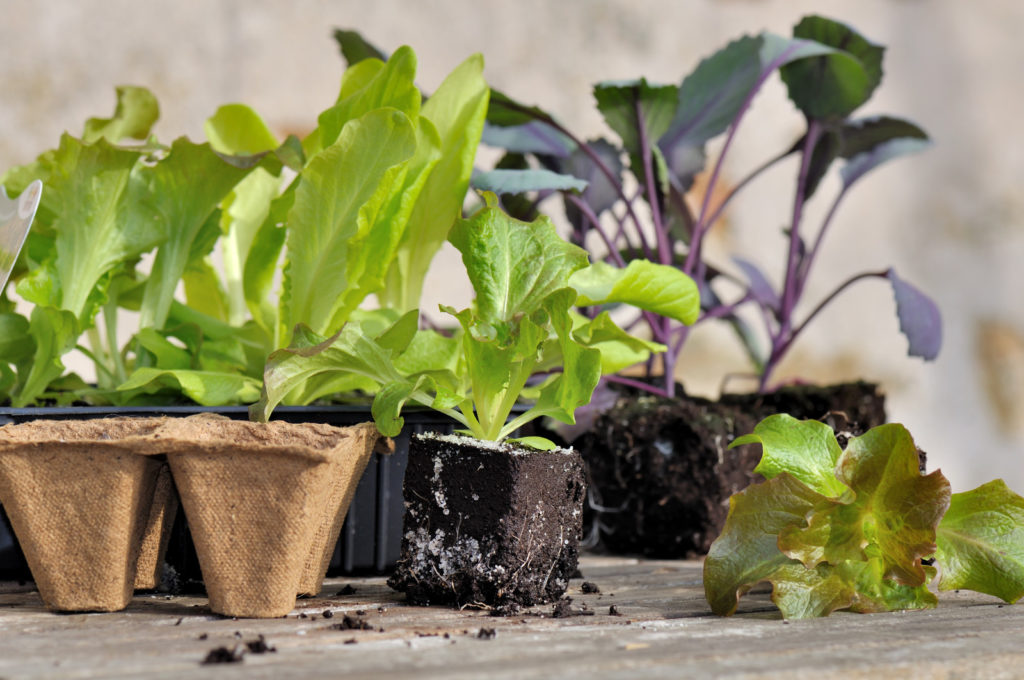Fight Night Program – Week of Sept. 14-20
The weekend is approaching, and from Friday to Sunday it will be “fight-o-clock” somewhere in the world. Every Thursday, The Ring will bring you the most up-to-date information on the most relevant fights you need to see in this week-at-a-glance, one-stop enhanced fight schedule. A quick checklist for the cognoscenti, a useful nuts-and-bolts guide for the boxing neophyte is what we’re aiming at.
Here are this week’s most relevant fights:
Friday, September 15 – American Bank Center, Corpus Christi, Texas
Luis Alberto Lopez vs. Joet Gonzalez – featherweight – 12 rounds
A tough title defense for Lopez that was briefly in peril when Gonzalez originally weighed in at 126.4 pounds. Nevertheless, Gonzalez returned to the scale two hours later and he will finally be eligible to pick up the IBF trinket if he defeats the heavy-handed incumbent. Good luck with that!
Xander Zayas vs. Roberto Valenzuela Jr. – junior middleweight – 10 rounds
The unbeaten Zayas has enjoyed a smooth ride with Top Rank at the helm, and now it’s time to bring up the heat. Valenzuela will be the right man for the job at this stage.
Also on this card:
Emiliano Vargas vs. Alejandro Guardado – lightweight – 6 rounds
Jamaine Ortiz vs. Antonio Moran – lightweight – 10 rounds
Omar Aguilar vs. Julio Luna Avila – welterweight – 8 rounds
Tiger Johnson vs. Ricardo Quiroz – junior welterweight – 8 rounds
Where to watch it: ESPN/ESPN Deportes/ESPN+
Angel Fierro vs. Brayan Zamarripa – lightweight – 10 rounds
Erika Cruz vs. Melissa Oddessa Parker – women’s junior featherweight – 10 rounds
Sabrina Perez vs. Skye Nicolson – women’s featherweight – 10 rounds
Kevin Barron Crespo vs. Christian Olivo – featherweight – 10 rounds
Carlos Garcia vs. Daniel Pena – welterweight – 8 rounds
Federico Pacheco Jr. vs. Carlos Cardenas – heavyweight – 4 rounds
Where to watch it: DAZN
Friday, September 15 – Boeing Center, San Antonio
Rafael Pedroza vs. Ramon Cardenas – junior featherweight – 10 rounds
Mirco Cuello vs. Rudy Garcia – featherweight – 10 rounds
Freudis Rojas vs. Saul Bustos – welterweight – 8 rounds
Where to watch it: Showtime
Friday, September 15 – John Marshall Ballroom, Richmond, Va.
Jerry Forrest vs. Robert Hall Jr. – heavyweight – 8 rounds
Dusty Hernandez Harrison vs. Ronald Montes – light heavyweight – 6 rounds
Glenn Dezurn vs. Ernesto Guerrero – bantamweight – 6 rounds
Where to watch it: FITE+
Friday, September 15 – Live Casino, Philadelphia
Joey Dawejko vs. Colby Madison, rematch – heavyweight – 8 rounds
Brendan O’Callaghan vs. DeWayne Williams – middleweight – 6 rounds
Muhammad Robinson vs. Najeem Johns – junior welterweight – 6 rounds
Quadir Albright vs. DeMarcus Layton – welterweight – 6 rounds
Saturday, September 16 – Commerce Casino, Commerce, Calif.
William Zepeda vs. Mercito Gesta – lightweight – 12 rounds
Zepeda is an unbeaten KO artist who has been clamoring for a title shot, and Gesta (a former title challenger himself) is one of the last roadblocks in his path towards that goal. One of the most intriguing bouts of the weekend.
Also on this card:
Victor Morales vs. Edwin Palomares – featherweight – 10 rounds
Yokasta Valle vs. Maria Santizo – women’s strawweight – 10 rounds
Darius Fulghum vs. Ricardo Luna – light heavyweight – 8 rounds
Eric Priest vs. Simon Madsen – middleweight – 8 rounds
Where to watch it: DAZN
Saturday, September 16 – Red Owl Perf. Center, Brampton, Canada
Carlos Nava vs. Armando Ramirez – junior welterweight – 8 rounds
Zamig Atakishiyev vs. Jorge Sevilla – heavyweight – 8 rounds
Mathusan Mahindas vs. Israel Martinez Arciniega – lightweight – 6 rounds
PG Tondo vs. Eder Clervoix – junior bantamweight – 6 rounds
Where to watch it: DAZN
Saturday, September 16 – Arizona Federal Theater, Phoenix
Danny Barrios vs. Jeronil Borres – junior featherweight – 8 rounds
Jesus Ibarra vs. Edward Ceballos – junior lightweight – 6 rounds
Monday, September 18 – Ariake Arena, Tokyo, Japan
Kenshiro Teraji vs. Hekkie Budler – junior flyweight – 12 rounds
Teraji is one of Japan’s finest, but South Africa’s Budler already knows how it feels to score a major upset in Japan after defeating Ryoichi Taguchi back in 2018 to pick up one of his many belts, and he will be trying to turn back the clock and do it again this time.
Also on this card:
Junto Nakatani vs. Argi Cortes – junior bantamweight – 12 rounds
Anthony Olascuaga vs. Giemel Magramo – junior flyweight – 8 rounds
Tenshin Nasukawa vs. Luis Guzman Torres – junior featherweight – 8 rounds
Takumu Tamagawa vs. Hayato Yokoyama – junior featherweight – 4 rounds
Where to watch it: ESPN+
Wednesday, September 20 – Whitesands Events Center, Plant City, Fla.
Batyrzhan Jukembayev vs. Hugo Alberto Roldan – junior welterweight – 10 rounds
Kazakhstan’s Jukembayev takes on Argentina’sHugo Alberto Roldan in a duel between once-beaten contenders trying to regroup and continue their paths towards greater challenges. Lots of knockouts between the two of them. Should be fun.
Also on this card:
Lester Martinez vs. Lionell Thompson – super middleweight – 10 rounds
Clay Waterman vs. Kareem Hackett – light heavyweight – 10 rounds
Ismael Villarreal vs. John David Martinez – junior middleweight – 8 rounds
Where to watch it: ProBox TV
Check out our up-to-date streaming service and TV channel guide to gain more insight on the current boxing and combat sports broadcasting landscape, exclusive at The Ring magazine:
How to watch boxing in 2023 – By Diego Morilla
Diego M. Morilla writes for The Ring since 2013. He has also written for HBO.com, ESPN.com and many other magazines, websites, newspapers and outlets since 1993. He is a full member of the Boxing Writers Association of America and an elector for the International Boxing Hall of Fame. He has won two first-place awards in the BWAA’s annual writing contest, and he is the moderator of The Ring’s Women’s Ratings Panel. He served as copy editor for the second era of The Ring en Español (2018-2020) and is currently a writer and editor for RingTV.com.
The post Fight Night Program – Week of Sept. 14-20 appeared first on The Ring.









